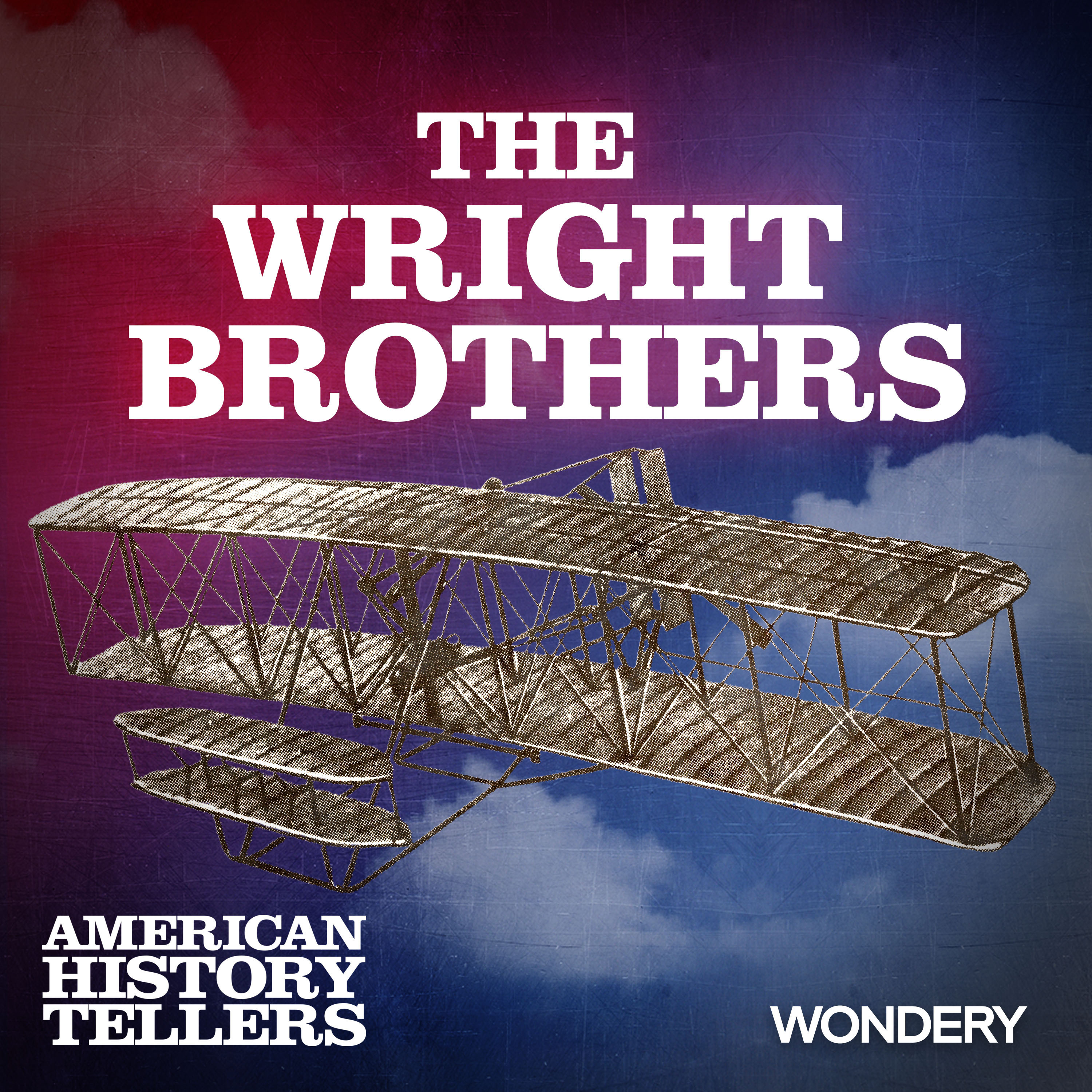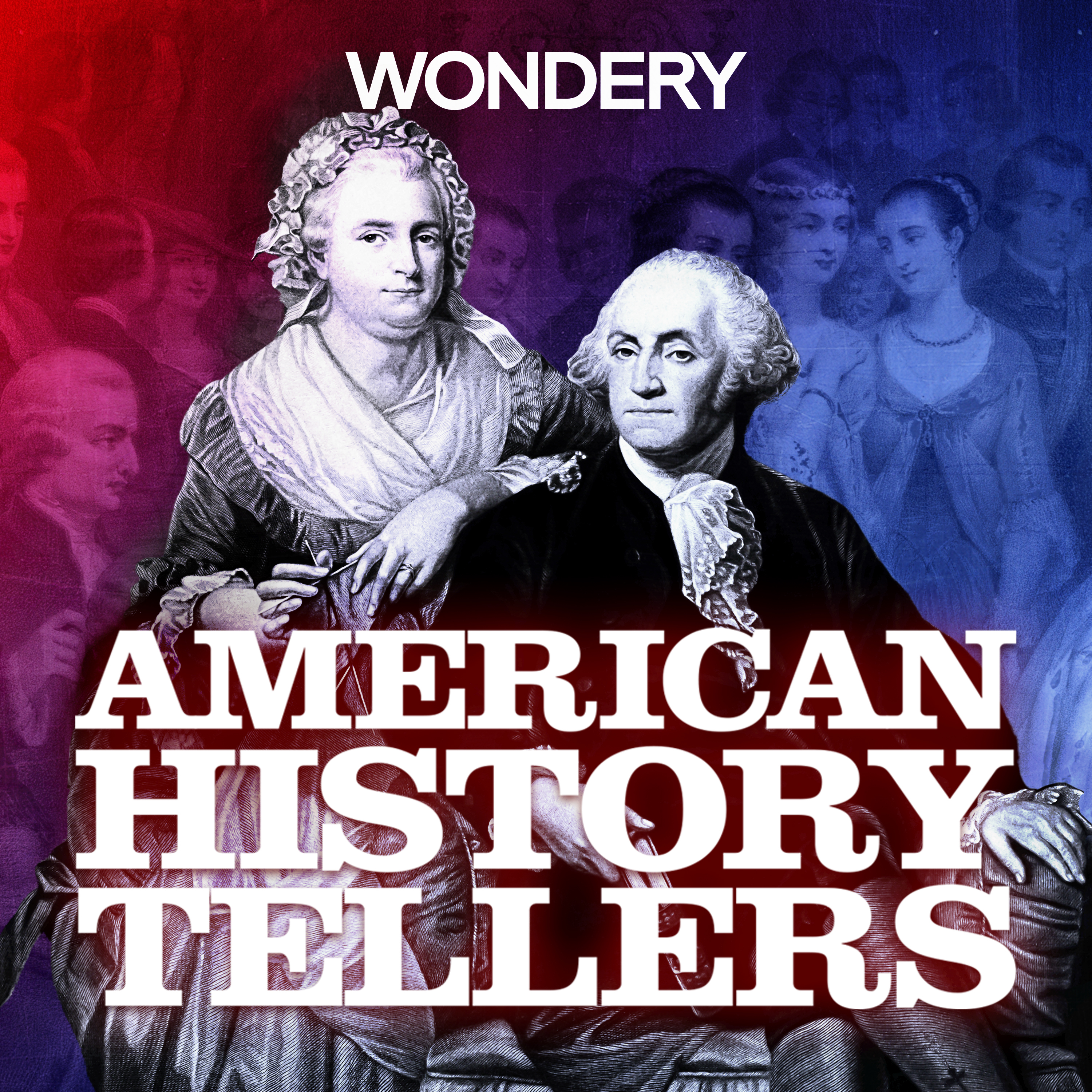
The Wright Brothers | The Art of the Bird | 1

American History Tellers
Deep Dive
Why did the Wright brothers choose Kitty Hawk, North Carolina, for their flight tests?
Kitty Hawk was chosen because it offered steady winds, wide-open spaces, and sandy terrain to cushion crashes. The U.S. Weather Bureau provided wind velocity data, and local fisherman William Tate encouraged them to visit, describing the ideal conditions of the Outer Banks.
What was Wilbur Wright's theory of wing warping, and how did it influence their glider design?
Wilbur's theory of wing warping involved twisting the wings to control flight, similar to how birds adjust their wings to turn. He demonstrated this concept using a cardboard box, showing that flexible wings could mimic bird flight. This theory led to the design of their glider with flexible wings controlled by wires.
What challenges did the Wright brothers face during their first trip to Kitty Hawk in 1900?
The Wright brothers faced harsh weather, including violent storms during their journey to Kitty Hawk. They also struggled with assembling and testing their glider, which crashed multiple times. Despite these setbacks, they achieved short, controlled flights and gained valuable insights for future experiments.
How did the Wright brothers fund their aviation experiments?
The Wright brothers funded their experiments through profits from their bicycle shop in Dayton, Ohio. They sold and repaired bicycles, which provided the income needed to build and test their gliders. They chose to remain independent, avoiding external funding to maintain control over their work.
What significant improvement did Orville Wright propose after a crash in 1902?
After a crash in 1902, Orville proposed replacing the fixed rear rudder with a larger, movable rudder. This innovation allowed better control of the glider by reducing drag and skidding. The new rudder was connected to the pilot's hip cradle, enabling smoother turns and improved flight stability.
Why did the Wright brothers feel overshadowed by Samuel Langley's experiments?
The Wright brothers felt overshadowed because Samuel Langley received significant funding and media attention for his aerodrome project, while they worked in obscurity with limited recognition. Despite achieving longer and more controlled flights, they were still seen as mere curiosities compared to Langley's well-publicized efforts.
What role did Octave Chanute play in the Wright brothers' aviation experiments?
Octave Chanute, a respected aviation pioneer, provided advice and encouragement to the Wright brothers. He suggested locations for testing, visited their camp, and even offered to help secure funding. His support and recognition of their progress helped validate their work in the early stages of their experiments.
- Upbringing in Dayton, Ohio
- Early interests in mechanics
- Transition from printing to bicycles
- Family dynamics
- Death of their mother
Shownotes Transcript
In the late-1890s, two brothers from Ohio, Wilbur and Orville Wright, became obsessed with what Wilbur described as “the problem of flight.” With no formal training or funding, they threw themselves into studying the mechanics of birds, determined to design a new method of flying for humans. They soon began building a glider in the small workshop above their bicycle shop in Dayton, Ohio.
It wasn’t long before the Wright brothers would travel to North Carolina’s Outer Banks to test their glider. Facing swarming mosquitoes and biting winds, they would risk their lives in their quest to be the first pilots to the sky.
Order your copy of the new American History Tellers book, The Hidden History of the White House, for behind-the-scenes stories of some of the most dramatic events in American history—set right inside the house where it happened.
Be the first to know about Wondery’s newest podcasts, curated recommendations, and more! Sign up now at https://wondery.fm/wonderynewsletter
Listen to American History Tellers on the Wondery App or wherever you get your podcasts. Experience all episodes ad-free and be the first to binge the newest season. Unlock exclusive early access by joining Wondery+ in the Wondery App, Apple Podcasts or Spotify. Start your free trial today by visiting wondery.com/links/american-history-tellers/ now.
See Privacy Policy at https://art19.com/privacy) and California Privacy Notice at https://art19.com/privacy#do-not-sell-my-info).